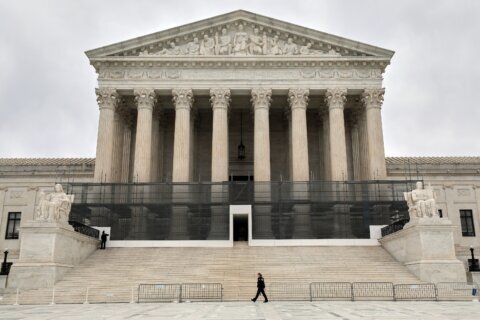CNN’s Jon Sarlin takes a look into the widening gulf between the 39 percent of the U.S. that has a $7.25 minimum wage, and the 61 percent with a higher one.
Minimum wage remains one of the most controversial topics in economics.
The national minimum wage has been set at $7.25 per hour since 2009. But throughout the country, different cities and states have chosen to raise their minimum wages above the national rate. Seattle currently sets the highest rate of $15 per hour.
But 39 percent of the country lives in a place where the federal minimum wage is the floor. The remaining 61 percent live in a place where the minimum wage has been raised. The divide between those two worlds is growing.
Supporters of raising the minimum wage say a higher minimum wage will help low-income workers earn more money. Opponents say a higher minimum wage will burden employers and result in higher unemployment.
So let’s look into it. How have minimum wage hikes affected those earning the lowest wages?
A study by the Economic Policy Institute found that in states with higher minimum wages, low-in wages were boosted by 5 percent between 2013 ad 2017. States with the federal minimum wage saw less than half of that increase.
The same study found that, in states with higher minimum wages, wages were boosted by 5 percent for women in the bottom 10 percent of income earners. That compares with a less than 1 percent boost for states with the federal minimum wage floor. This makes sense considering women are disproportionately represented in low-wage jobs.
But it’s not just increased wages that matter. It’s also how those increases are coming to be.
Right now, the federal minimum wage of $7.25 is fixed. Due to inflation, that wage grows weaker with each year it isn’t raised. A dollar in 2009, when the federal minimum wage was last set, is now worth only 86 cents.
When adjusted for inflation, the current minimum wage is worth less than it was 60 years ago.
One option is to raise the federal minimum wage, which former President Obama to do tried in vain throughout his eight years in office.
Another option is to treat the minimum wage the way we do social security by indexing it to inflation. This is the option adopted, or being adopted, by 18 states and Washington, D.C.
As a result, the divide between wage earners in states with raised minimum wages and those with the federal minimum wage continues to grow.







